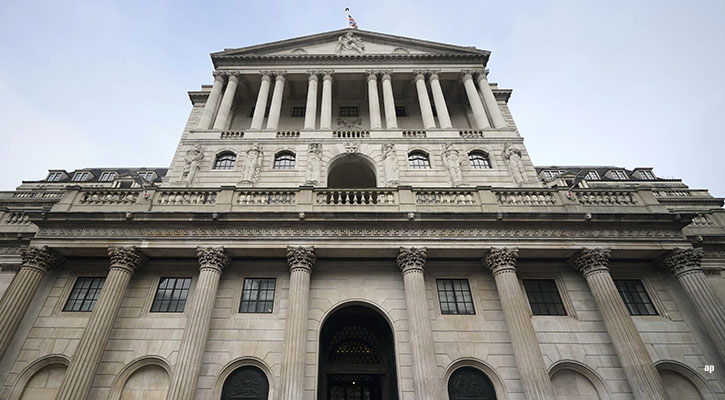One of the greatest features of exchange-traded funds is their ability to slice the market up into different sections. We’ve highlighted sector ETFs (utilities, insurance, travel and leisure, banks), single-country ETFs (South Africa, the United States, Spain), different asset classes (hedge funds, commodities), and fundamental and dividend ETFs, but you can also divide equities into the market capitalisations of the companies included in an index. Individually, smaller companies tend to be riskier, but they also offer a greater reward potential, so by using an ETF to gain exposure to the sector you can reduce stock-specific risk while diversifying your portfolio and theoretically earn higher returns.
The benefits of adding small-capitalisation equity exposure to a portfolio have most famously been highlighted by Eugene Fama and Kevin French in their 1992 paper, "The Cross-Section of Expected Stock Returns". They examined the returns of US stocks from 1963 through 1990 and discovered that the returns could be explained by three factors; beta, size and price-to-book (or value). Ignoring the beta and price-to-book factors for this article, the findings showed that historically small-cap stocks outperformed their large-cap brethren, even after adjusting for risk. Subsequent research found that these results hold true in the United Kingdom, throughout Europe and Asia, and in other time periods within the United States.
So how can you harness the benefits of small-cap exposure into your own portfolio? In our monthly webinar series, we've highlighted how to build a core portfolio with ETFs. We built a hypothetical low-cost portfolio using ETFs with a 60/40 split between equities and fixed-income exposure.
The Low-Cost Portfolio

To add small-cap exposure to the portfolio without disturbing the 60/40 equity/fixed income split, we take a chunk out of the allocation to domestic equities or to global developed market equities--two asset classes that are generally large-cap focused. We used one example including exposure to domestic UK small-cap equities, and one with exposure to developed Europe small-cap equities. In the case of the UK small-cap portfolio, the fees are minimally higher as measured by the total expense ratio (TER), while the portfolio will actually have lower fees in the case of the European small-cap portfolio.


The Low-Cost Portfolio including UK or European Small-Capitalisation Equities
To judge the effectiveness of our hypothetical portfolios, we compared the returns from the two initial allocations with rebalancing to the initial weightings after each quarter from 1999 through the second quarter of 2010. The results confirmed our initial hypothesis that the portfolio with small-cap exposure would have higher returns. In aggregate, our portfolio with UK small-cap exposure returned 66% versus 61% for the portfolio that excludes small-caps, and the 72% return with the inclusion of European small-caps was even better. This was accomplished with only negligibly higher risk, as measured by the standard deviation of quarterly returns.


In the real-world, your portfolio may include alternatives like commodities, real estate, hedge-fund exposure, etc. These asset classes have theoretically lower correlation with large-cap equities, so the addition of small-cap ETFs may not have the same magnitude of benefits, but the same principles apply. Also, depending on your risk tolerance, you may wish to dedicate a higher weighting to small-caps than we used in our example. A small-cap ETF can even be used tactically, by overweighting the asset class when it represents good value compared to large-cap equities on a historical basis.
Choosing a Small-cap ETF
The definition of small capitalisation differs among the various index providers. For instance, the popular MSCI indices define their small-cap universe as approximately the bottom 15% of a particular market's total capitalisation. On the other hand, STOXX's methodology is completely different, as the 200 companies chosen for its main indices are the largest leftovers after 400 companies are included in their large- and mid-cap indices. This makes it difficult to compare the performance of ETFs using different indices, and investors need to do their research on the index construction as well as the ETFs' particulars before making a decision on which small-cap ETF to purchase. The only sure-fire way to avoid overlap of components between a small-cap ETF and a broader ETF is to hold ETFs linked to indices from the same provider.
























